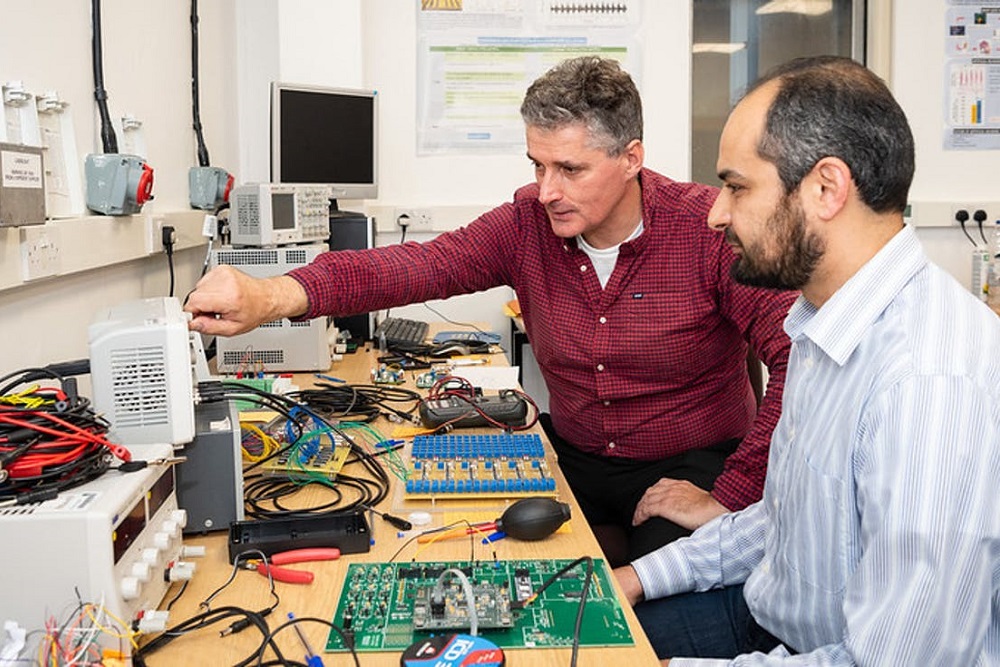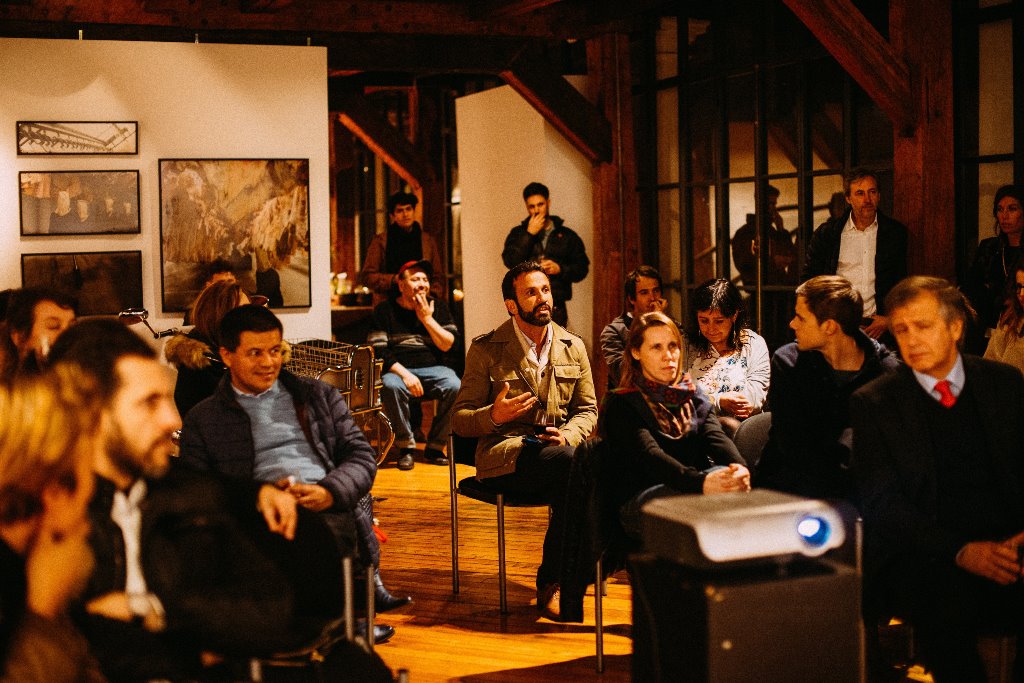A team of scientists from Britain and New Zealand has invented artificial neurons that could help people with conditions like Alzheimer’s and other types of neurodegenerative diseases.
Since the first artificial pacemaker was implanted arguably half a century ago, humans have been trying to create technology that can repair and replace degenerative body parts.
The scientists from the University of Bath with assistance from international collaborators have succeeded in that area, paving new ways to repair the human body. The team used a combination of maths, computation and chip design to mimic the responses of biological neurons when triggered by the nervous system.
Neurons are specialized cells that transmit nerve impulses, allowing parts of the body to communicate, and are the core components of the brain, spinal cord, and nervous system. They are also present around the heart and carry signals to and from the brain and the rest of the body.
Artificial neurons could change the medical field
According to a press release from the University of Bath, the innovation could change the way we build medical devices because they replicate a healthy biological activity.
Scientists are interested in replicating them, in harnessing the potentials that they offer in treating diseases such as Alzheimer’s, where neurons degenerate or die.
Professor Alain Nogaret, a scientist from the University of Bath, Department of Physics, said the novelty of their research was to transfer the electrical properties of brain cells on to synthetic circuits made from silicon.
Notably, making artificial neurons that respond to electrical signals from the nervous system has been a long-time goal in medicine. Challenges included designing the circuits and finding the parameters that make the channels behave like real neurons.
Professor Idan Segev, from the Hebrew University of Jerusalem, Israel, explained that endowing the virtual cells with detailed features of real human neurons observed in fresh surgical biopsies and fixed postmortem tissue, the researchers were able to fill in the gaps left by these rare experimental data.
The researchers replicated two types of neurons, including cells from the hippocampus, an area of the brain that plays a significant role in memory, and brain cells involved in the control of breathing.
The work opens up a range of possibilities in repairing the neuron that has been lost to degenerative disease, including medical implants to treat conditions such as heart failure and Alzheimer’s.
Earlier attempts to invent artificial neurons
The inspiration for developing artificial neurons, synapses and entire brain networks aren’t relatively new. In 1991, scientists reportedly created a silicon chip modeled after real nerve cells.
However, scientists have mostly used biological processes as an inspiration for these devices, rather than attempting to replicate the behavior of individual brain cells faithfully.
In November 2008, IBM received a US$4.9 million grant from the Pentagon for research into creating intelligent computers. The Blue Brain Project is being conducted with the assistance of IBM in Lausanne. The project is based on the premise that it is possible to artificially link the neurons “in the computer” by placing thirty million synapses in their proper three-dimensional position.







